Dark Circles Explained: Causes and Treatment Options
Understanding Dark Circles: Causes and How Fillers Can Effectively Treat Them
Key Takeaways
- Dark circles under the eyes result from anatomical, genetic, and aging factors.
- Volume loss, skin thinning, and fat pad descent are key contributors that fillers can correct.
- Dermal fillers restore volume and reduce shadows with a minimally invasive approach.
- Choosing an experienced clinic and practitioner is essential for safe, effective outcomes.
- Alternative treatments like topical creams and laser therapy may complement filler treatments.
What Are Dark Circles Under the Eyes?

Dark circles under the eyes appear as discolored, shadow-like areas below the lower eyelids. They often result from internal structural changes, rather than merely a surface skin issue. In many cases, individuals seeking cosmetic improvement may explore options like under eye fillers for dark circles to address these concerns. Typically seen as blue, purple, or brown hues, these circles are influenced by thin skin, visible blood vessels, and uneven pigmentation. Factors such as fair skin, aging, and stress can accentuate their appearance, while origins include vascular issues, postinflammatory hyperpigmentation, or genetic predisposition.
How Do Dark Circles Appear and What Are Their Common Characteristics?
They commonly present as uneven pigmentation with a bluish or purplish tint around the orbital area. In some cases, natural aging processes combined with genetics may prompt the consideration of under eye fillers for dark circles to address the appearance. The translucent skin under the eyes reveals capillaries and melanin deposits, creating a hollowed, contrasting look. Fatigue, stress, or significant weight loss can worsen this appearance, contributing to an overall tired look.
What Are the Different Types of Dark Circles?
Dark circles are generally classified as:
• Pigmentary: Caused by excess melanin, often linked to genetic predisposition.
• Structural: Resulting from volume loss under the eyes, which creates a shadow effect.
Sometimes, a combination of both types requires a treatment approach that addresses pigmentation issues and the loss of structural support.
What Causes Dark Circles That Fillers Can Address Effectively?
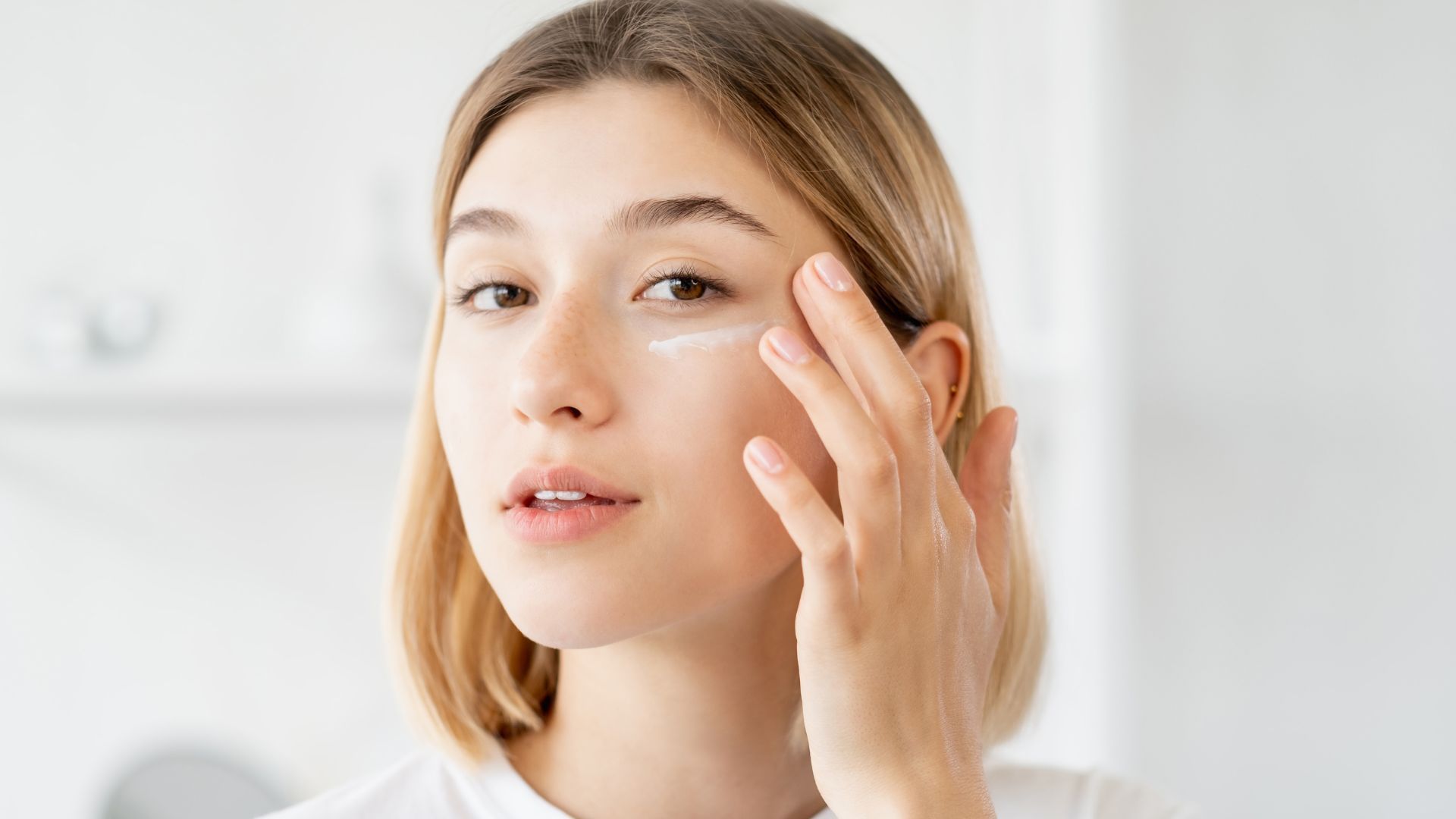
Filler treatments are most effective when dark circles result from structural changes. Loss of volume (or fat) under the eyes creates hollowness that deepens shadows. Skin thinning and the intrinsic anatomy of the periorbital area can also lead to a darker appearance, even if pigmentation is normal. In addition, genetics and aging—by reducing skin elasticity and tissue mass—can further emphasize these hollows.
How Does Volume Loss Under the Eyes Contribute to Dark Circles?
Volume loss creates a hollowed look between the lower eyelid and the cheek. This gap accentuates shadows and dark circles. Even small increases in volume from fillers can significantly improve the contour, giving the area a more youthful, plumped appearance.
Can Skin Thinning and Shadowing Cause Dark Circles?
Yes. As skin thins with age, it becomes more translucent, making blood vessels and pigment deposits more visible. The resulting shadowing creates a stark contrast with the surrounding, fuller areas of skin. By reinforcing the skin’s support with fillers, the shadow effect is reduced, and a more even tone is restored.
What Role Does Fat Pad Descent Play in Dark Circles?
With aging, the supportive fat under the eyes may shift or decrease, leading to a deepened tear trough. This descent directly contributes to dark shadows. Fillers can gently reposition or replace this lost fat, softening the tear trough and enhancing the overall under-eye contour.
How Do Genetics and Aging Affect Dark Circles?
Genetic factors determine skin thickness, melanin levels, and the natural contour of the eye area. Aging further diminishes collagen production and skin elasticity, resulting in thinner skin and reduced volume. These changes make dark circles more pronounced over time. Dermal fillers are designed to restore lost volume and improve skin firmness, countering the natural aging process.
How Do Dermal Fillers Work to Treat Dark Circles?
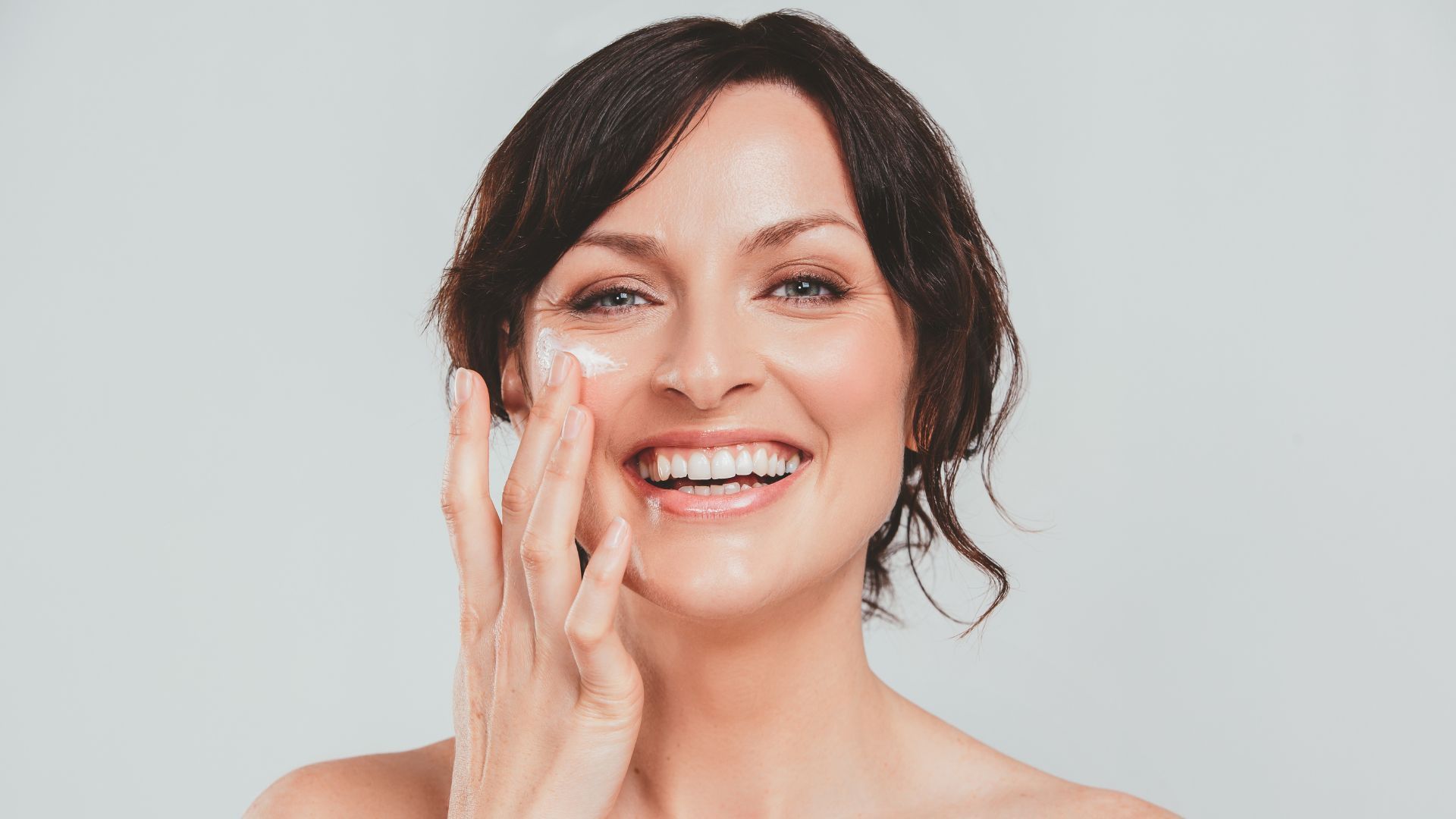
Dermal fillers are injected into the tear trough area to replace lost volume, reducing the shadow that creates dark circles. This minimally invasive procedure not only improves contour and support for the overlying skin but also stimulates collagen production. The result is smoother skin texture and a more youthful appearance.
What Types of Fillers Are Used for Dark Circles?
Hyaluronic acid (HA) fillers are most commonly used because their moisture-attracting properties help restore a natural contour. Other fillers, such as calcium hydroxylapatite, may be used for additional structural support. The selection depends on factors like longevity, biocompatibility, and skin sensitivity in the under-eye area.
How Are Fillers Injected to Achieve Natural-Looking Results?
Fillers are administered with fine needles or cannulas into specific layers beneath the eye. Precision is key—practitioners typically use micro-droplet techniques to ensure even distribution while avoiding lumps or overcorrection. The treatment is performed under topical anesthesia, and results are visible immediately, with further improvements as swelling subsides.
What Are the Benefits of Using Fillers Over Other Treatments?
Fillers provide rapid improvement with minimal downtime compared to surgical options. They allow for precise volume restoration and offer an immediate enhancement of the tear trough area. Besides reducing shadows, fillers boost natural collagen production, contributing to longer-term aesthetic benefits.
What Should You Expect During a Filler Treatment for Dark Circles?
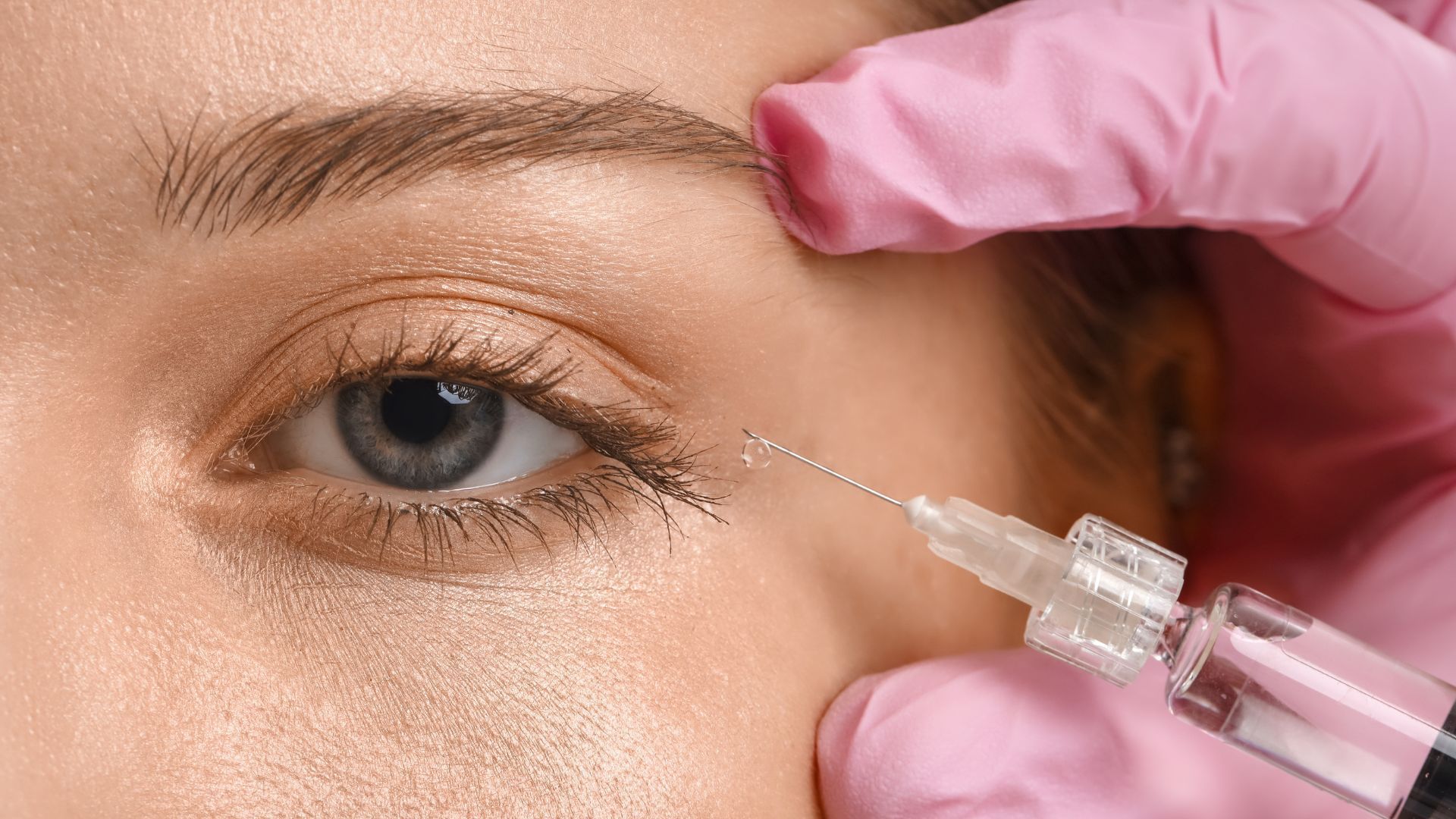
Typically, the treatment begins with a detailed consultation and skin evaluation. A personalized plan is created based on the patient’s facial anatomy and aesthetic goals. The actual injection procedure generally takes 30 to 60 minutes and is well tolerated, with minimal discomfort due to the use of local anesthesia. Patients usually see immediate improvements, although slight swelling or bruising may occur.
How Is a Personalized Treatment Plan Developed?
The practitioner evaluates facial structure, skin thickness, and volume loss to design a treatment plan tailored to individual needs. This approach ensures balanced, natural enhancement while minimizing risks and side effects.
What Is the Step-by-Step Procedure for Filler Injections?
After cleansing the area and applying a topical anesthetic, small, precise injections are made along the tear trough. A gentle massage may follow to evenly distribute the filler. Patients receive aftercare instructions to reduce swelling and bruising, ensuring the best possible outcome.
How Long Do Results Last and When Is Follow-Up Needed?
Results typically last from 6 to 18 months, varying with the type of filler and individual metabolism. A follow-up visit within one to two weeks helps assess healing and determine if touch-ups are needed, with periodic maintenance treatments recommended to sustain improvements.
What Are the Risks and Aftercare Tips for Filler Treatments Under the Eyes?
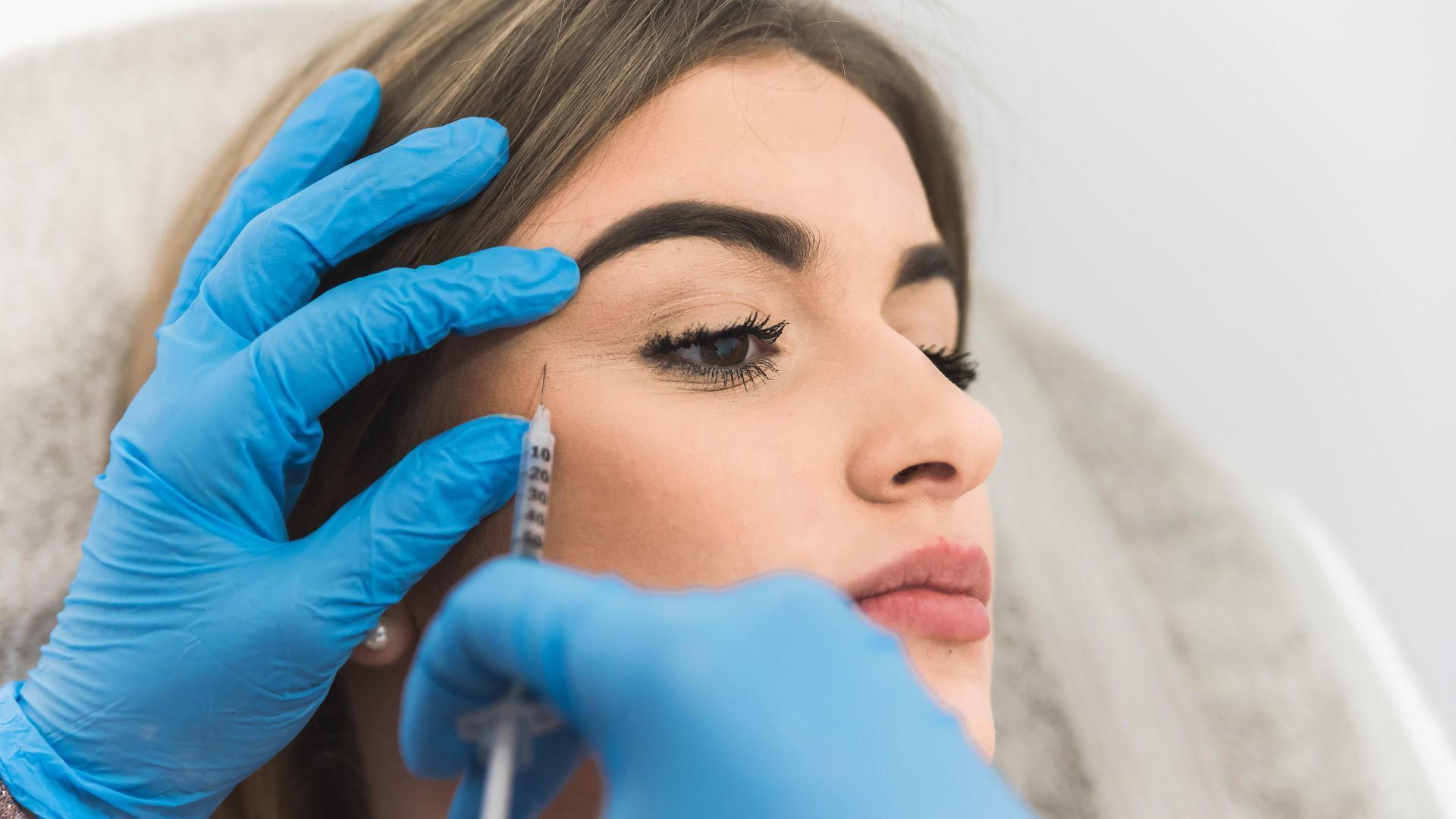
Although dermal fillers are generally safe when administered properly, risks include temporary swelling, bruising, and mild discomfort. In rare cases, poor injection technique may lead to lumps or uneven results. Following aftercare guidelines is essential to minimize these side effects.
What Are Common Side Effects and How Can They Be Minimized?
Common issues such as redness and minor bruising usually subside within a few days. Using ice packs immediately after treatment, avoiding alcohol or anti-inflammatory medications beforehand, and carefully following the practitioner’s post-procedure instructions can greatly reduce these effects.
How Should Patients Care for Their Skin After Treatment?
After the procedure, gently cleanse the area, keep it hydrated, and use any recommended soothing topical treatments. Avoid excessive rubbing or vigorous activities for at least 24 hours to help maintain the treatment’s effectiveness.
When Should You Contact a Doctor After Filler Treatment?
If swelling, pain, redness, or signs of infection persist beyond a few days, patients should contact their doctor immediately for further evaluation and treatment.
How Can You Choose the Right Clinic and Practitioner for Dark Circle Fillers?
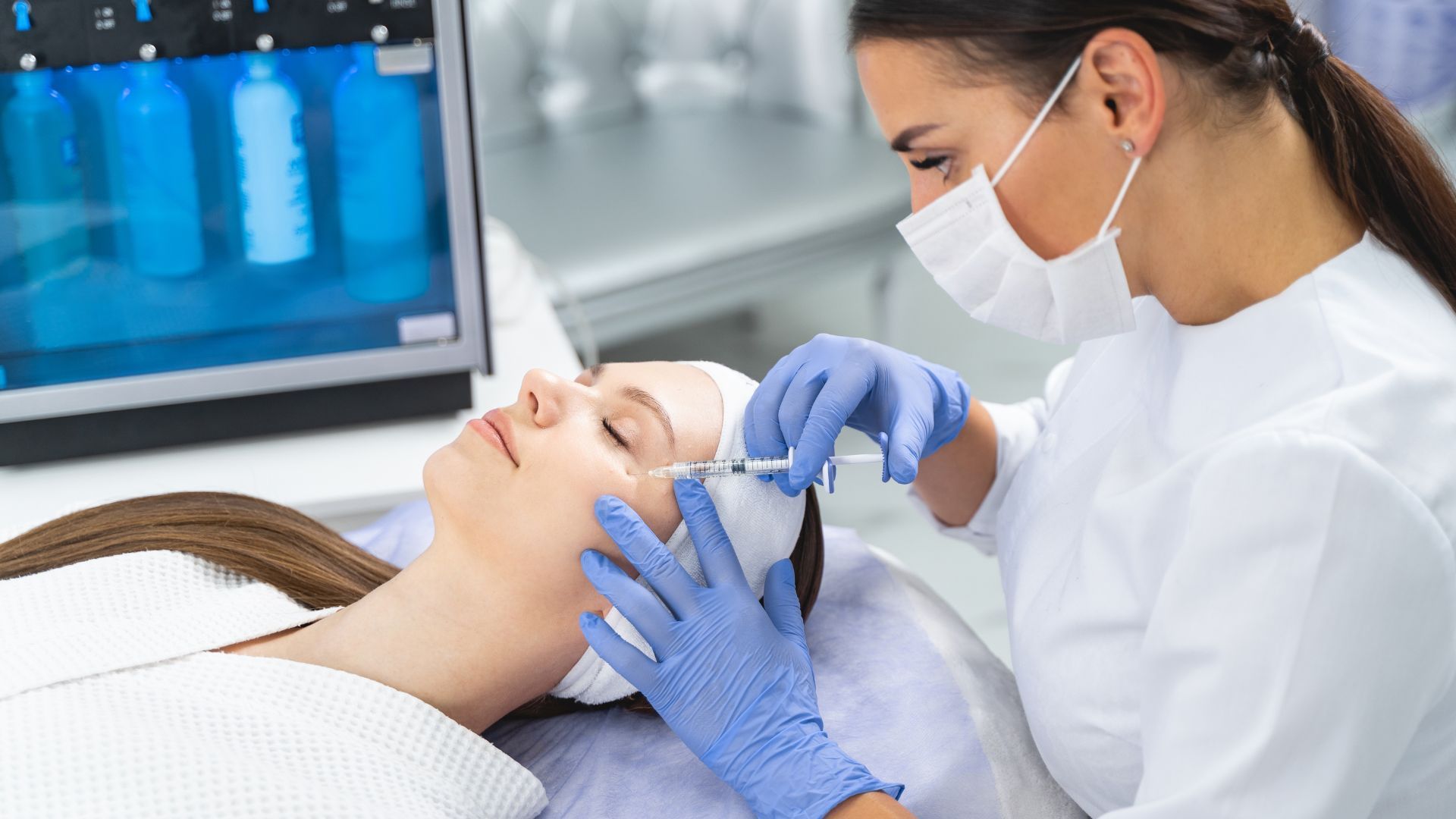
Selecting an experienced clinic and practitioner is crucial for optimal outcomes. Look for board certification, extensive experience in periorbital procedures, and a strong portfolio of before-and-after photos. A thorough consultation that covers treatment options, potential risks, and expected results is a good indication of professional practice. Transparent patient reviews also help in making an informed decision.
Why Is Board Certification Important for Dermatologists and Aesthetic Practitioners?
Board certification ensures that the practitioner has completed rigorous training and adheres to the highest safety standards. This credential minimizes risk and enhances the likelihood of achieving natural, balanced results.
How Do Before and After Photos Help in Making a Decision?
They provide visual proof of the practitioner’s skill and consistency. Evaluating these photos helps patients set realistic expectations and gauge whether the practitioner’s work matches their aesthetic goals.
What Questions Should You Ask During Your Consultation?
Important questions include: What is the practitioner’s experience with under-eye fillers? Which types of fillers are used? What are the potential risks and expected longevity of the results? Also, inquire about pricing and alternative treatment options in case fillers are not ideal.
What Are Alternative Treatments for Dark Circles Besides Fillers?

While fillers are popular, alternative treatments may address other underlying issues. Topical creams and serums with ingredients like vitamin K, retinol, and peptides can gradually improve pigmentation and skin texture. Laser therapy and chemical peels offer benefits by reducing discoloration and stimulating collagen production. In cases of significant structural changes, surgical options such as blepharoplasty might be considered as a last resort.
How Effective Are Topical Creams and Serums?
These treatments are best for mild, primarily pigmentary dark circles. Consistent use over several weeks or months is necessary to see improvement, and they are often used to complement other procedures.
Can Laser Therapy or Chemical Peels Improve Dark Circles?
Yes, these treatments target melanin deposits and stimulate collagen, improving skin tone and texture. They are generally more effective for surface-level pigmentation issues.
When Is Surgical Intervention Recommended?
Surgical options are considered when noninvasive treatments fail to yield satisfactory results or when significant fat pad descent is present. However, surgery comes with higher risks and longer recovery times compared to minimally invasive filler treatments.
Frequently Asked Questions
Q: How do dermal fillers improve dark circles?
A: They restore lost volume in the tear trough, smooth the transition between the eyelid and cheek, and reduce shadow effects.
Q: Can topicals alone fix under-eye dark circles?
A: Topical creams may gradually improve pigmentation, but are less effective for addressing structural volume loss.
Q: Are filler treatments safe for the eyes?
A: Yes, when performed by a board-certified professional using precise techniques, they are safe with natural-looking results.
Q: How long do the results of filler treatments last?
A: Typically, results endure between 6 to 18 months, with maintenance treatments recommended as needed.
Q: What should I do if I experience complications after treatment?
A: If you experience severe swelling, prolonged pain, or signs of infection, contact your doctor immediately.
Final Thoughts
Dark circles are a complex concern influenced by structural, pigmentary, and genetic factors. Dermal fillers offer a minimally invasive solution by restoring lost volume and reducing shadows, resulting in a refreshed, balanced facial appearance. Understanding the causes of dark circles and choosing a personalized treatment plan can lead to natural, long-lasting improvements. It is essential to work with an experienced, board-certified practitioner and follow proper aftercare to achieve optimal results.
Our Recent News & Articles





